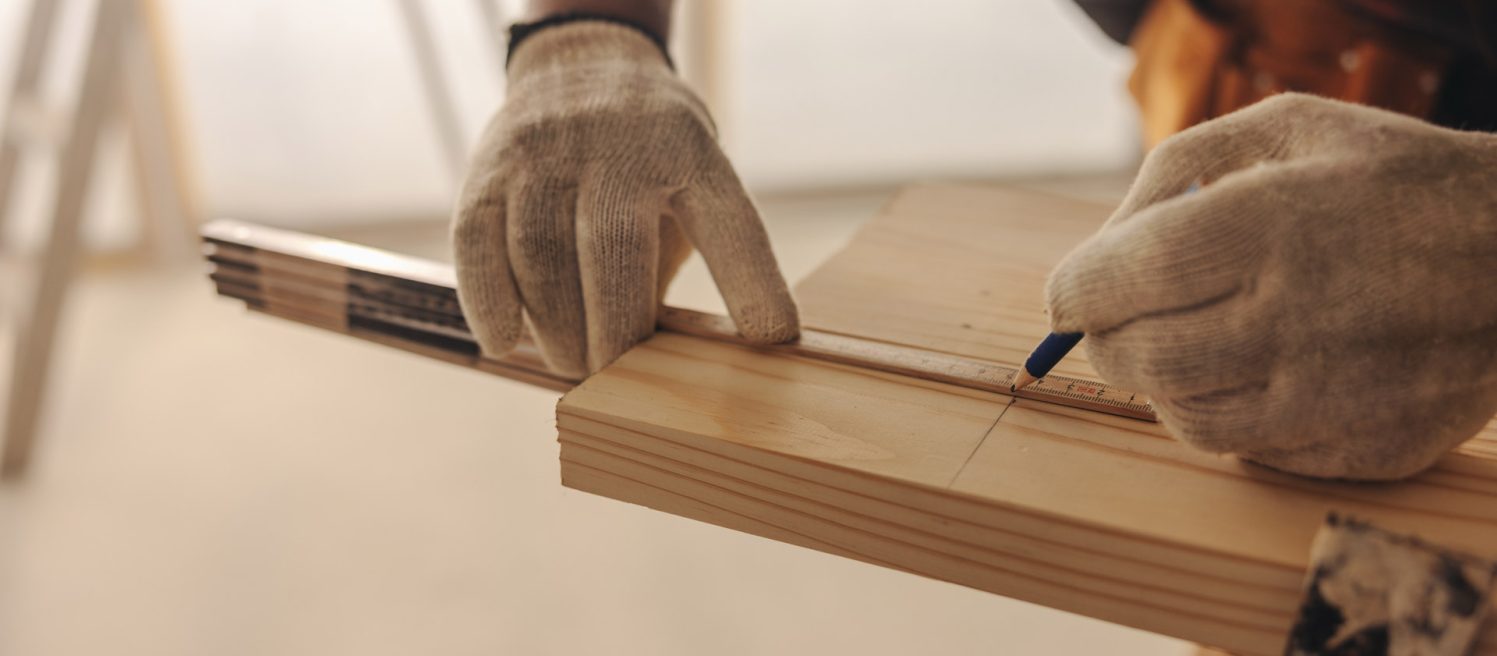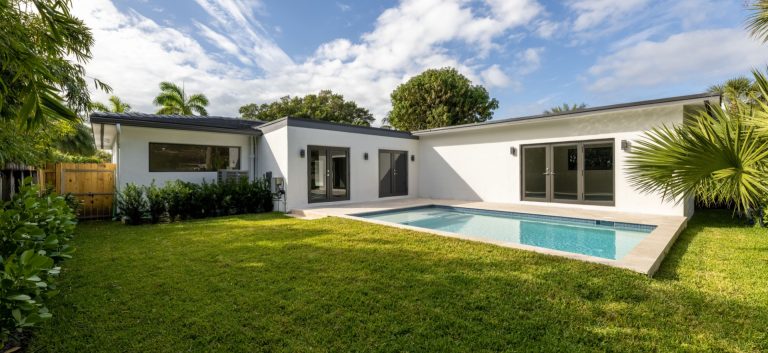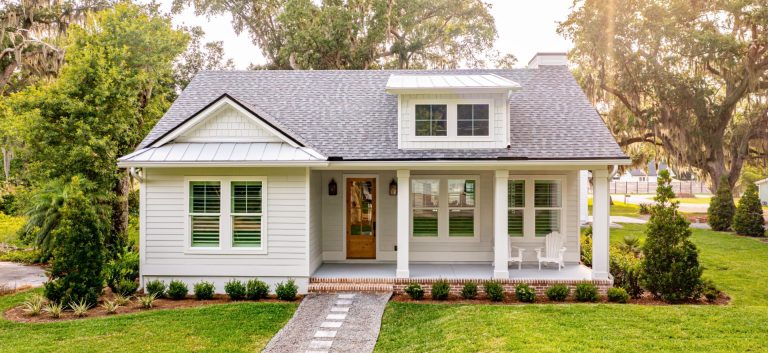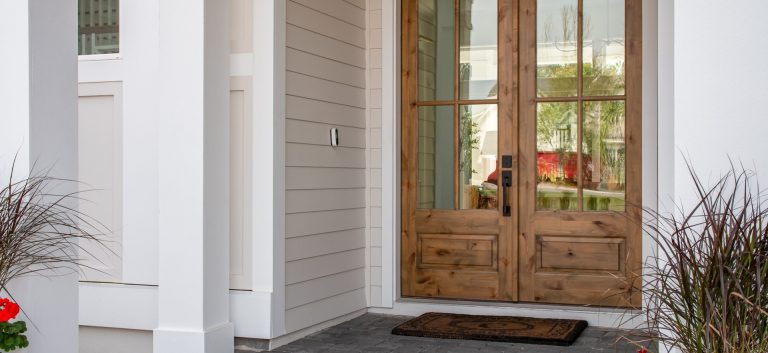Sustainability has become a crucial focus in many industries, and home building is no exception. With growing concerns about climate change, energy consumption, and the environmental impact of construction, both builders and buyers are looking for ways to create homes that are not only beautiful and functional but also eco-friendly and energy-efficient. Sustainable building practices go beyond using green materials—they include the design, construction methods, and systems that reduce a home’s overall environmental footprint while enhancing its livability and long-term value.
Whether you’re considering building a new home or making eco-friendly upgrades to your existing one, this blog will cover key sustainable building practices that you can incorporate to create a greener and more energy-efficient home.
Why Choose Sustainable Building?
Sustainable building practices are more than just a trend—they are a necessity for the future of home construction. By implementing these practices, homeowners and builders can:
- Reduce Environmental Impact: Sustainable building methods minimize the use of non-renewable resources and reduce greenhouse gas emissions.
- Lower Energy Costs: Energy-efficient homes use less power for heating, cooling, and lighting, resulting in lower utility bills.
- Improve Indoor Air Quality: Eco-friendly materials and systems contribute to a healthier indoor environment, reducing allergens and pollutants.
- Enhance Comfort and Durability: Sustainable homes are designed to maintain consistent temperatures, reduce drafts, and last longer with minimal maintenance.
- Increase Property Value: Green homes are in high demand and often sell for higher prices due to their long-term cost savings and environmental benefits.
With these benefits in mind, let’s explore the top sustainable building practices that can help you create an energy-efficient and eco-friendly home.
1. Use Green Building Materials
The materials you choose for your home play a significant role in its environmental impact. Opt for sustainable, non-toxic, and recycled materials wherever possible. Some of the most popular green building materials include:
- Bamboo Flooring: Bamboo is a rapidly renewable resource that is durable and aesthetically pleasing, making it an excellent alternative to traditional hardwood.
- Recycled Steel: Using recycled steel for framing reduces the need for new metal production and helps minimize deforestation.
- Low-VOC Paints: Low-VOC (volatile organic compounds) paints emit fewer toxins, improving indoor air quality and reducing environmental pollution.
- Reclaimed Wood: Reclaimed wood adds character and history to your home while reducing the demand for newly harvested timber.
When sourcing materials, look for certifications such as FSC (Forest Stewardship Council) or Cradle to Cradle, which ensure that the products are environmentally responsible.
2. Design with Energy Efficiency in Mind
Energy-efficient design is a fundamental aspect of sustainable building. By incorporating passive design principles, you can reduce the need for artificial heating and cooling, thereby lowering energy consumption. Key strategies include:
- Orientation and Window Placement: Position your home to take advantage of natural sunlight. Use large windows on the south side to maximize solar gain in the winter, and include shading elements or overhangs to block out harsh summer sun.
- High-Performance Insulation: Proper insulation in walls, roofs, and floors helps maintain consistent indoor temperatures and reduces the need for heating and cooling systems.
- Thermal Mass: Use materials like concrete or brick that absorb and release heat slowly, helping to regulate indoor temperatures.
- Energy-Efficient Windows: Install double- or triple-pane windows with low-E (low emissivity) coatings to minimize heat transfer and improve energy efficiency.
3. Incorporate Renewable Energy Sources
Incorporating renewable energy sources like solar or wind power can significantly reduce your home’s reliance on traditional energy grids. Some of the most common renewable energy options for homes include:
- Solar Panels: Solar panels convert sunlight into electricity, which can be used to power your home or fed back into the grid. They can be installed on roofs or integrated into building materials, such as solar shingles.
- Wind Turbines: For homes in windy areas, small wind turbines can generate electricity and reduce energy costs.
- Geothermal Heating and Cooling: Geothermal systems use the stable temperature of the earth to heat and cool your home efficiently.
Consider working with a renewable energy consultant to determine the best options for your property and climate.
4. Implement Water Conservation Techniques
Water is a precious resource, and sustainable building practices should include strategies for conserving it. These can range from efficient plumbing fixtures to landscaping methods that minimize water usage. Consider the following:
- Low-Flow Fixtures: Install low-flow toilets, showerheads, and faucets to reduce water consumption without sacrificing performance.
- Rainwater Harvesting Systems: Collect rainwater from your roof and store it in tanks for use in irrigation or even as non-potable water for your home.
- Greywater Systems: Reuse water from sinks, showers, and washing machines for landscape irrigation.
- Drought-Resistant Landscaping: Choose native or drought-resistant plants that require less water and maintenance. Incorporate mulching and drip irrigation systems to further reduce water usage.
5. Invest in Smart Home Technology for Sustainability
Smart home technology can optimize energy usage and water consumption, making it easier to manage your home’s environmental impact. Some of the most effective smart technologies for sustainable living include:
- Smart Thermostats: Devices like the Nest Learning Thermostat and Ecobee SmartThermostat can adjust your home’s temperature based on your habits and preferences, reducing energy waste.
- Smart Irrigation Systems: Smart irrigation controllers monitor weather conditions and soil moisture levels to deliver the exact amount of water your garden needs.
- Energy Monitoring Systems: Use energy monitors to track your electricity usage in real-time and identify areas where you can cut back.
Integrating these systems allows you to automate and optimize your home’s resource consumption for maximum efficiency and convenience.
6. Build with Long-Term Durability in Mind
A truly sustainable home should be built to last. Durable materials and construction methods reduce the need for repairs and replacements, minimizing the environmental impact over the home’s lifetime. Some ways to increase durability include:
- Weather-Resistant Materials: Use weather-resistant materials for roofs, siding, and foundations to prevent damage from extreme weather conditions.
- Moisture Control: Ensure proper ventilation and moisture barriers to prevent mold and rot, especially in Florida’s humid climate.
- High-Quality Construction Techniques: Work with experienced builders who understand sustainable practices and can execute them effectively.
7. Focus on Indoor Air Quality
A green home isn’t just good for the environment—it’s good for your health, too. Improve indoor air quality by choosing non-toxic materials, implementing proper ventilation, and reducing pollutants:
- Air Purification Systems: Consider installing a whole-home air purification system to filter out allergens, dust, and pollutants.
- Green Building Materials: Opt for materials with low VOC content and avoid products with harmful chemicals like formaldehyde.
- Ventilation: Ensure your home is well-ventilated to prevent moisture buildup and maintain a healthy indoor environment.
Conclusion
Building a sustainable, energy-efficient home requires a holistic approach that encompasses everything from design and materials to energy usage and water conservation. By incorporating these sustainable building practices, you can create a home that not only minimizes its environmental footprint but also enhances comfort, health, and long-term value.
Whether you’re starting from scratch or making eco-friendly upgrades to an existing home, there are countless ways to embrace sustainability in your living space. Embrace the opportunity to make a positive impact on the environment while enjoying the benefits of a greener, more efficient home. The future of homebuilding is green—let’s build it together at FindYourHappyHome.com!





